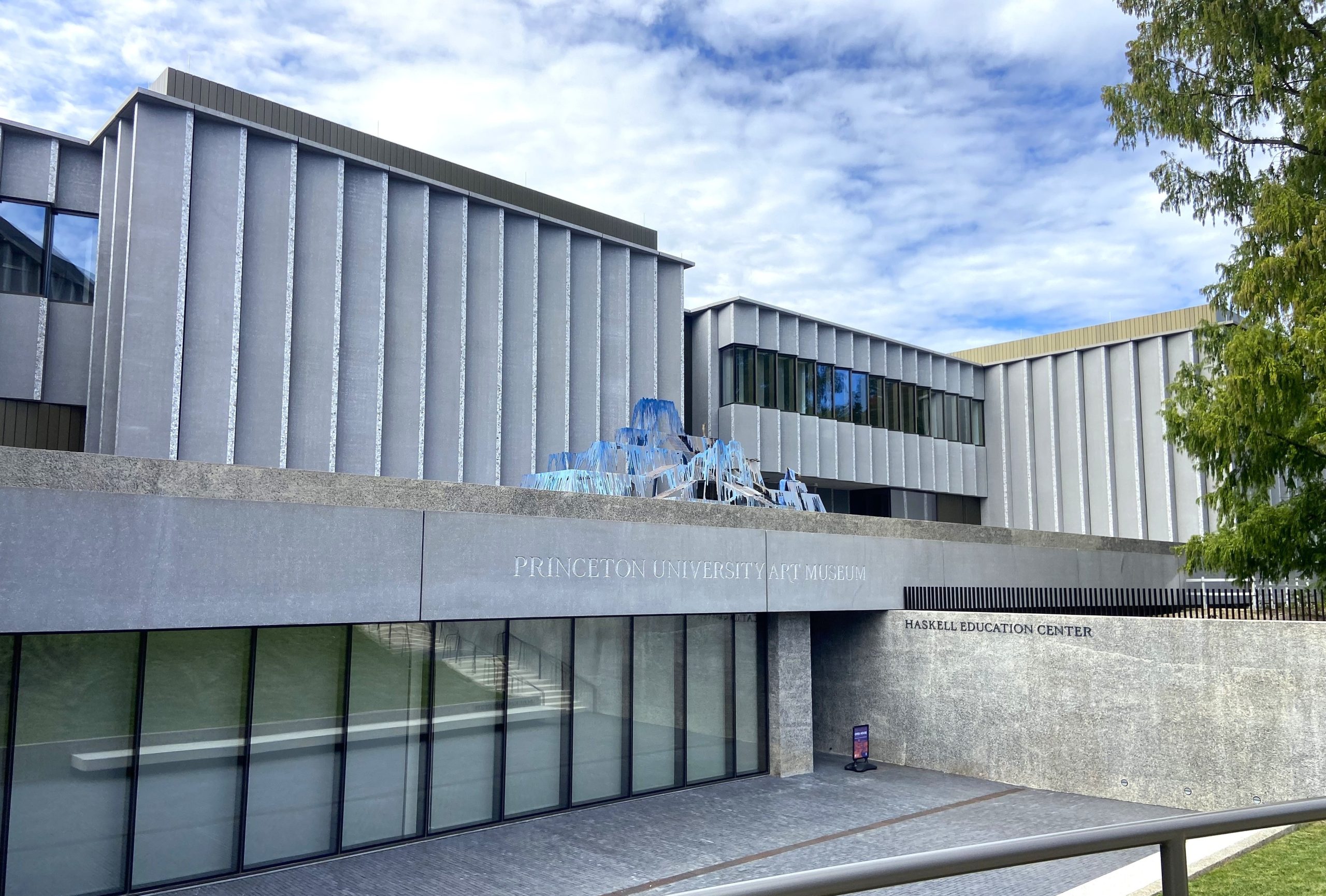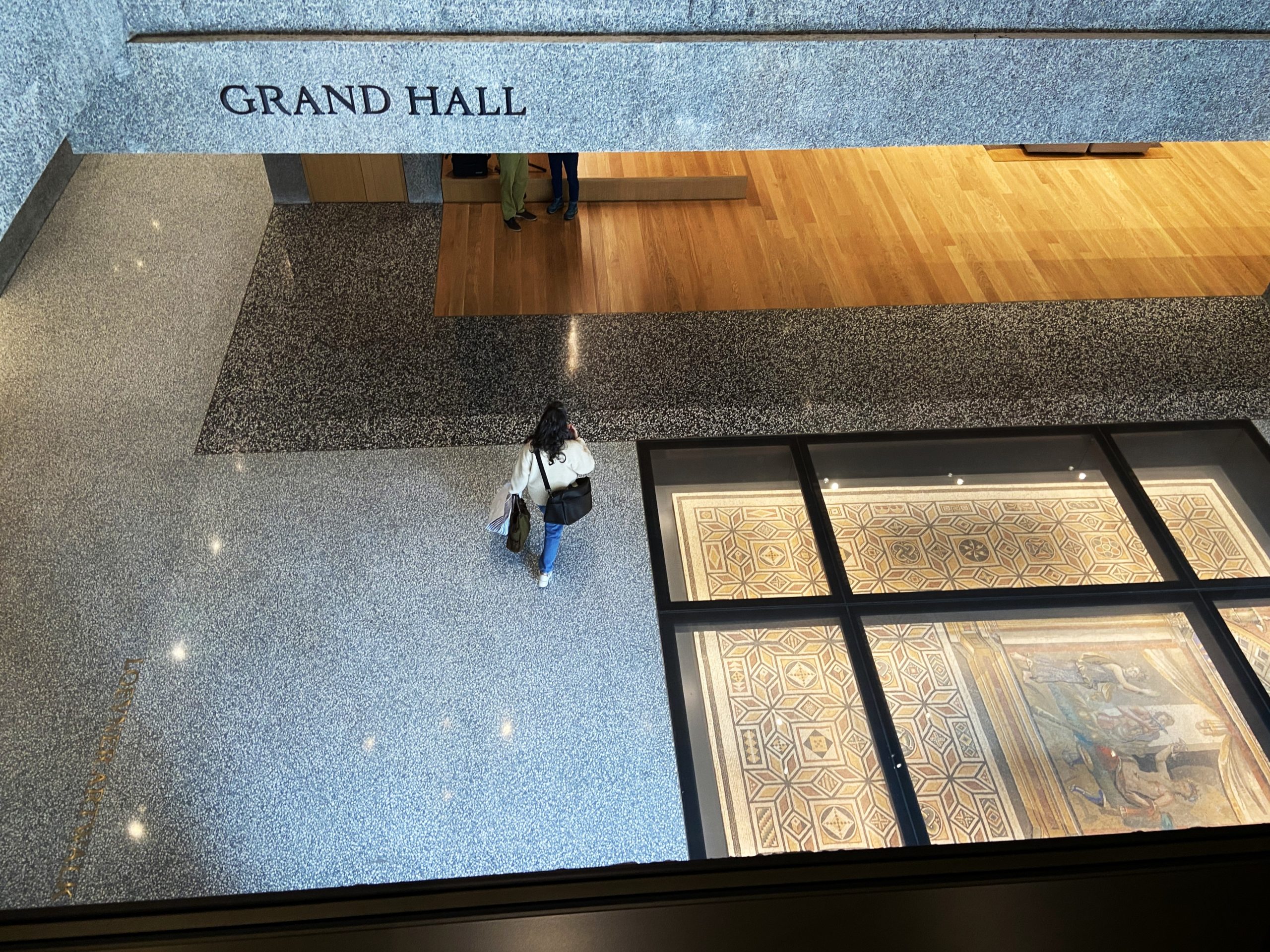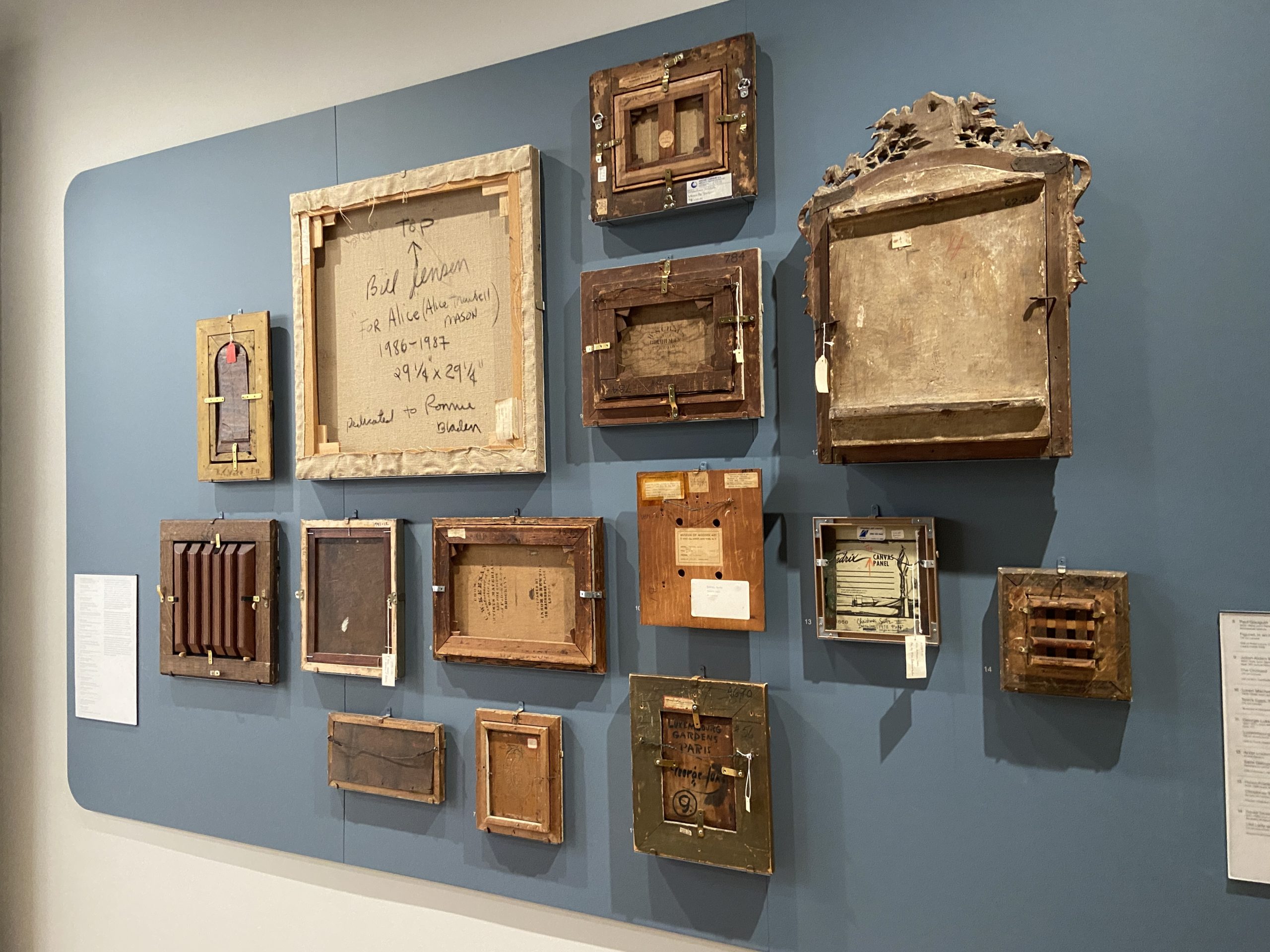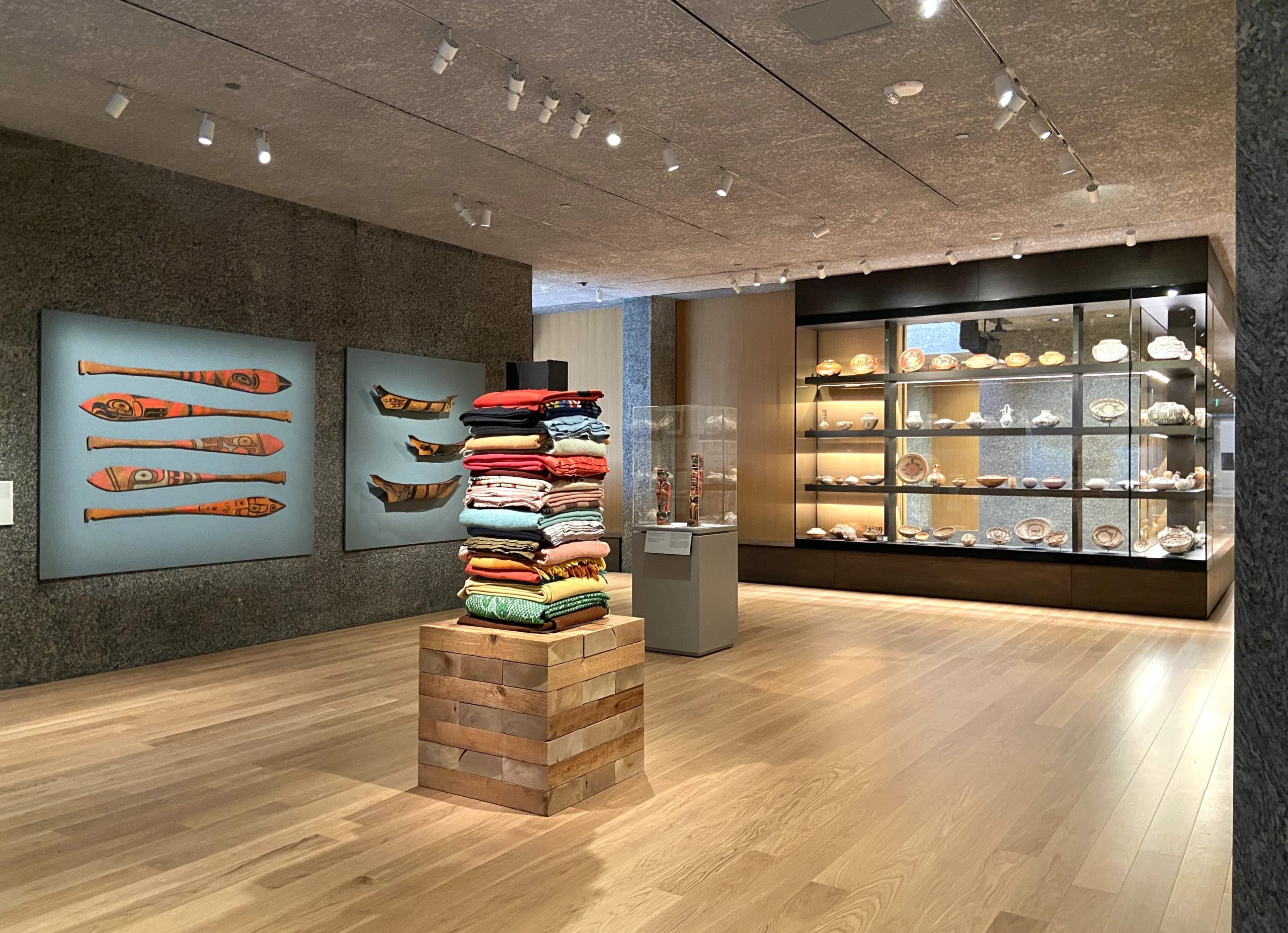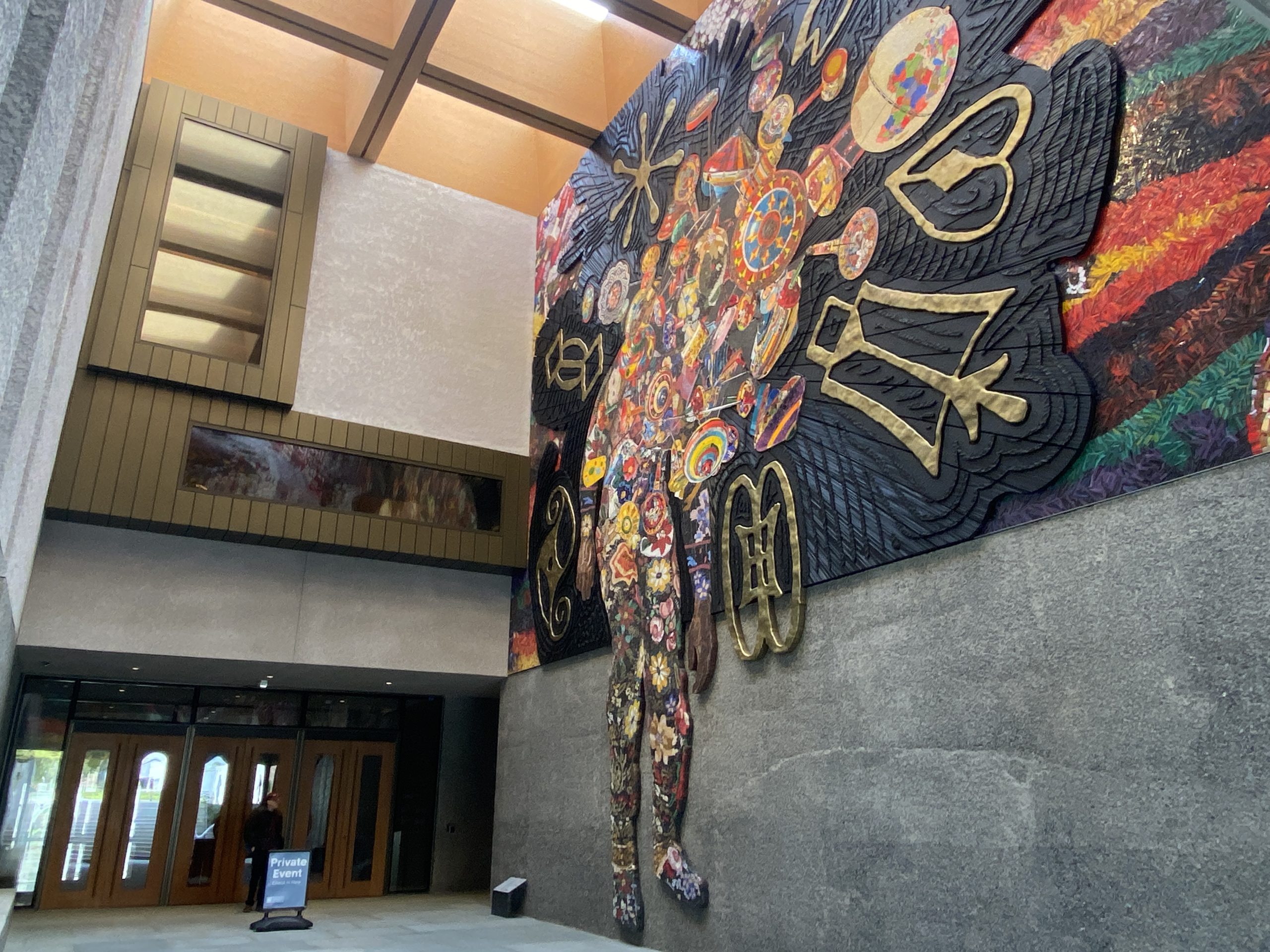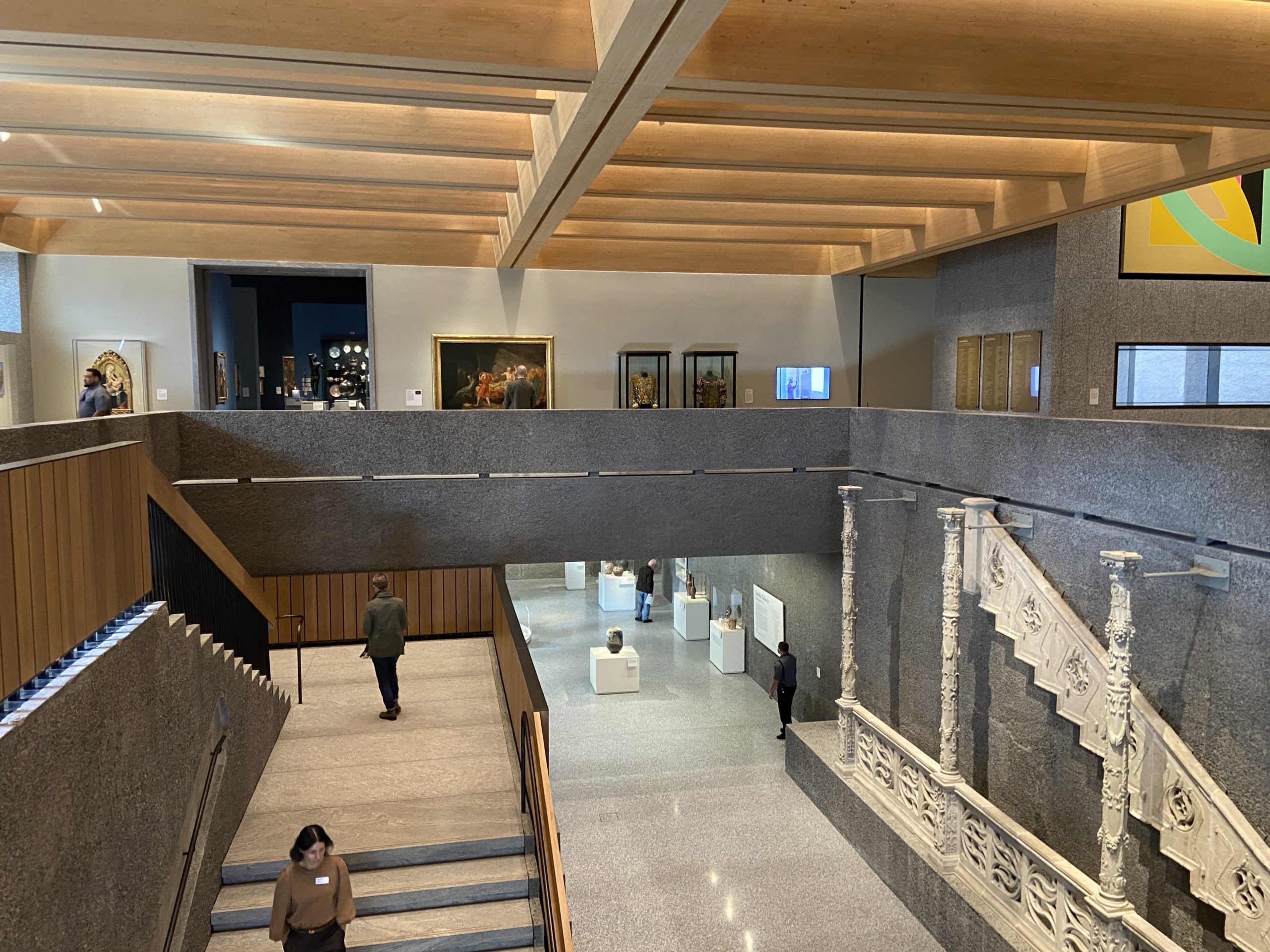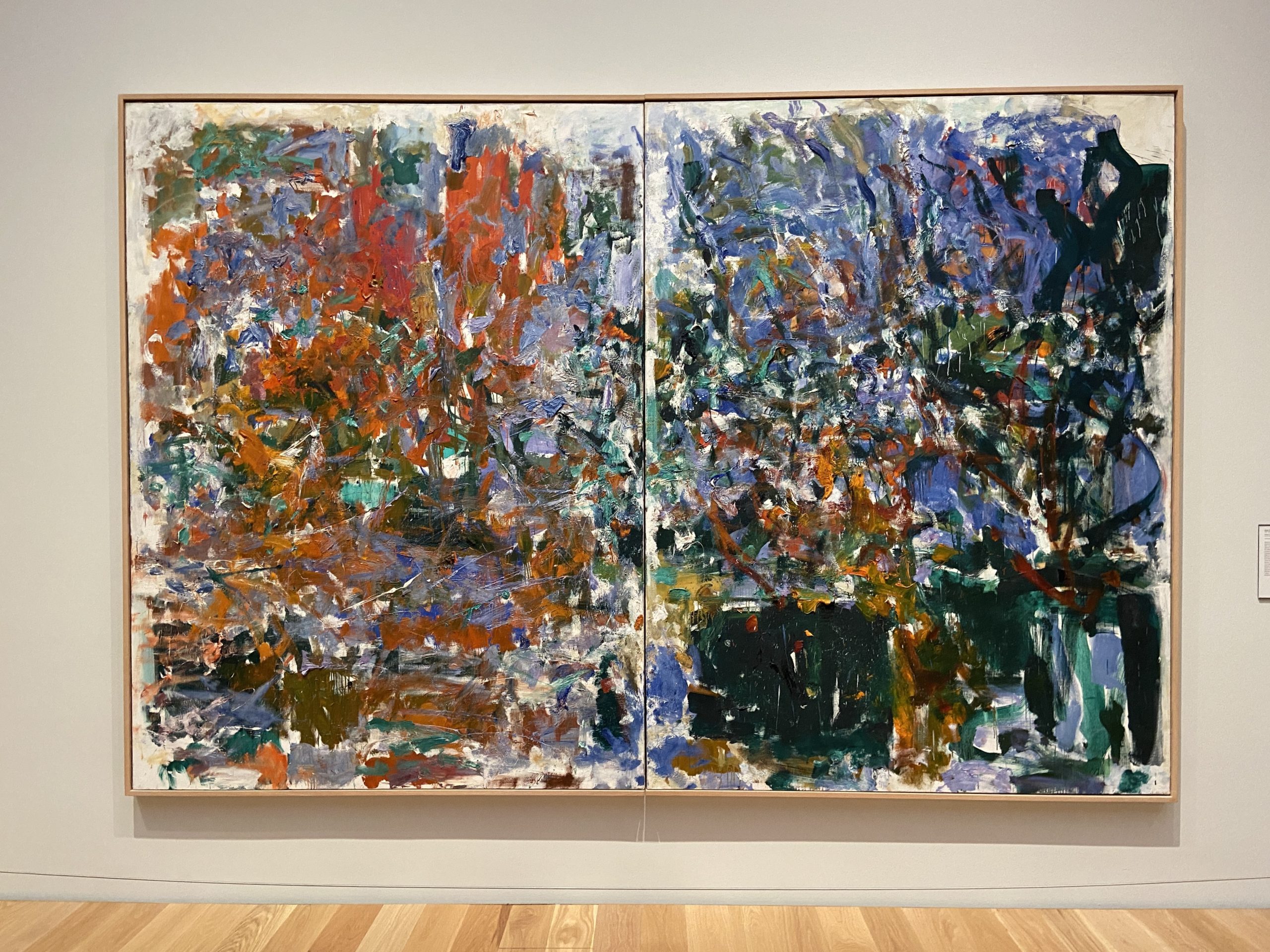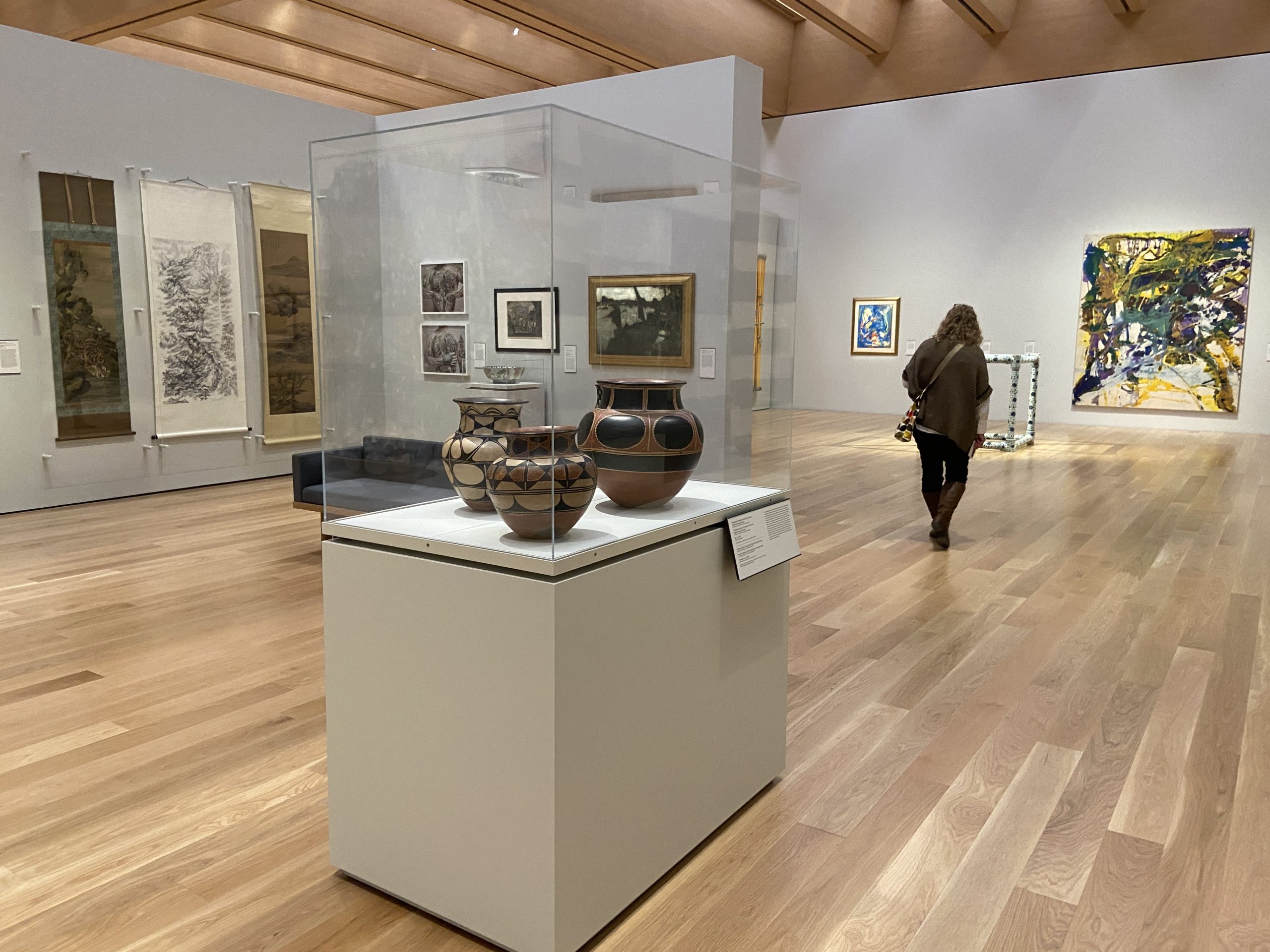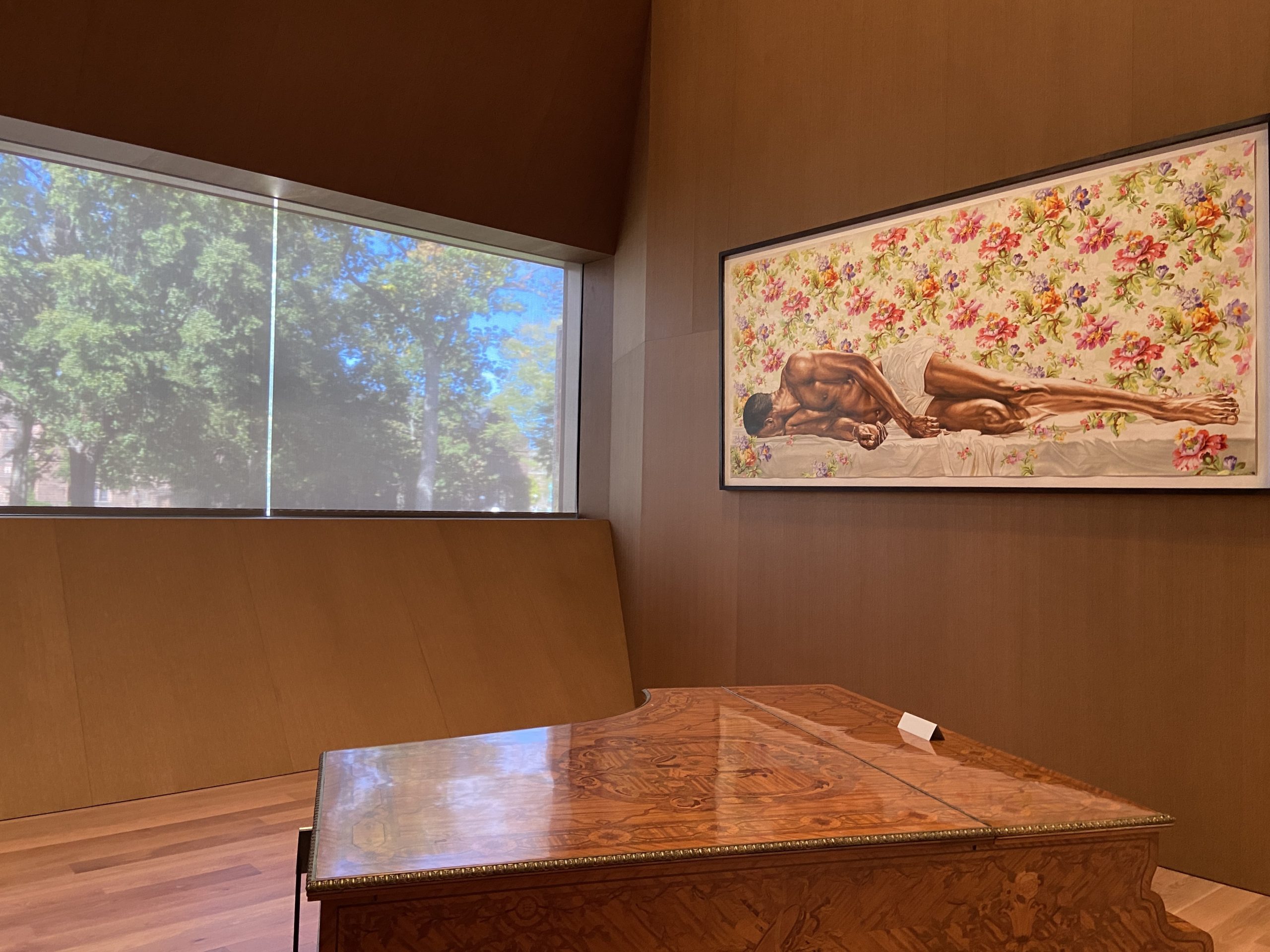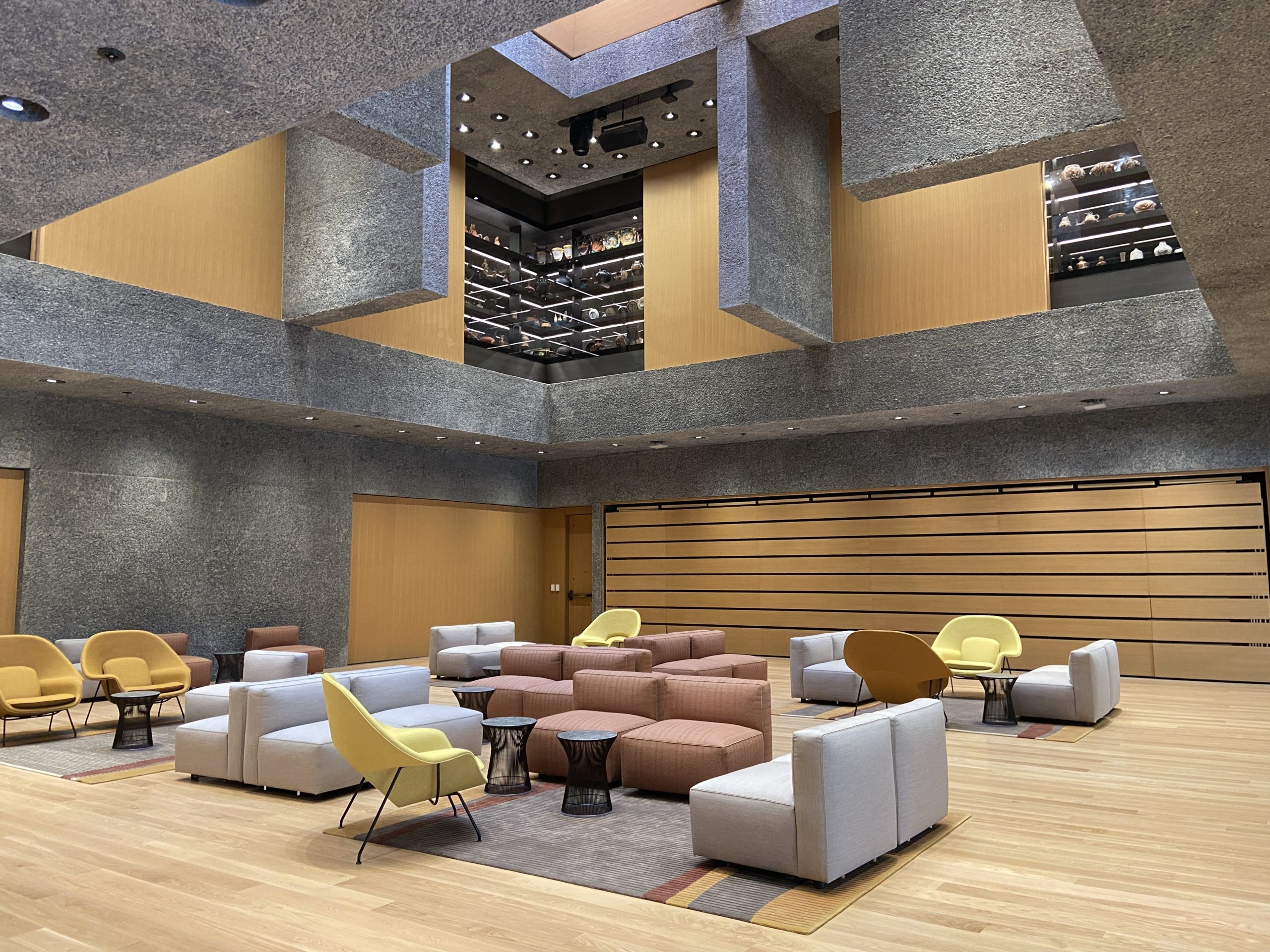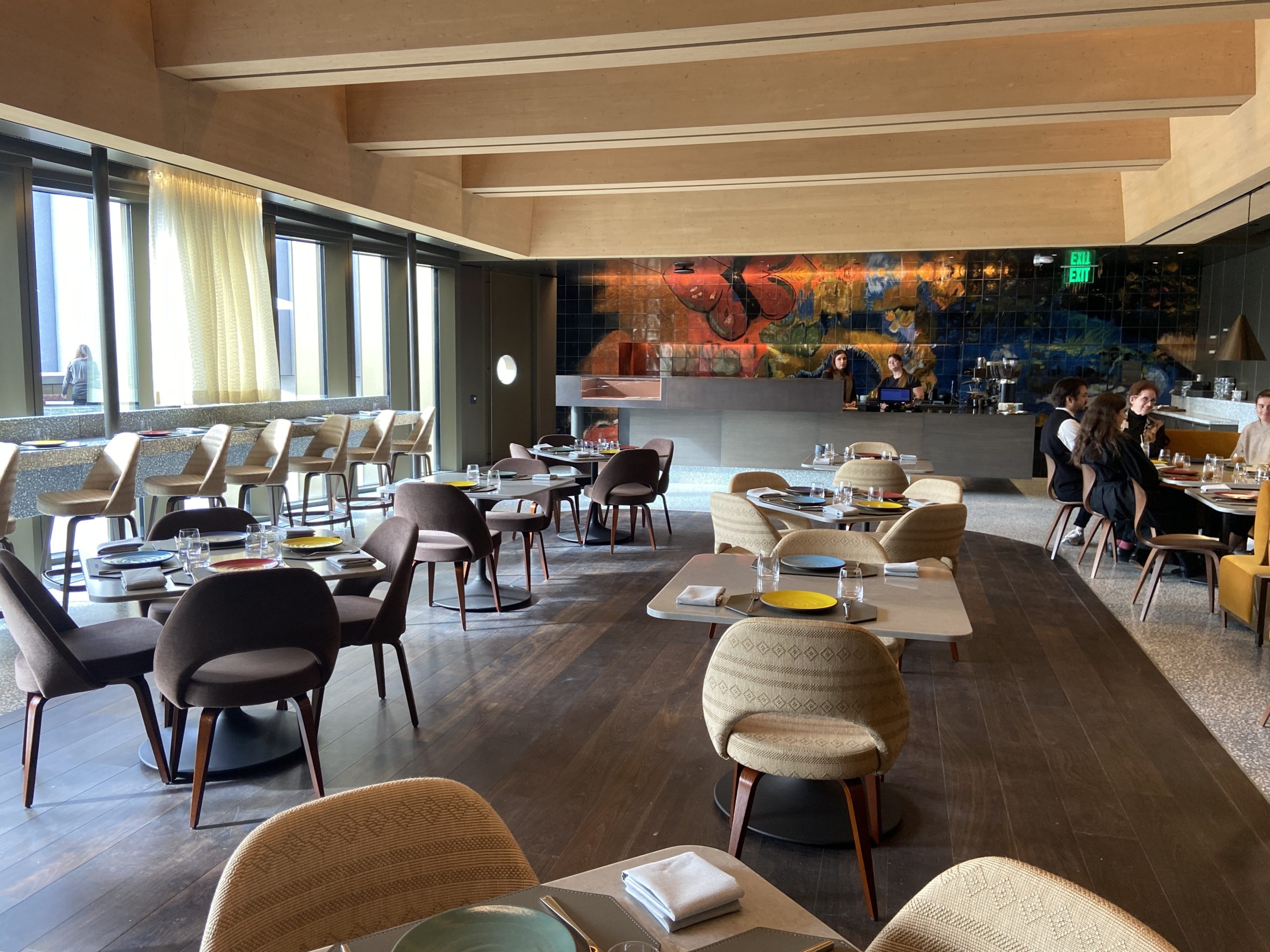As of October 31, the deep global collections of the Princeton University Art Museum (PUAM) are again open to all in a new, expanded building, a striking modern presence on the historic campus. Consisting of nine interlinked pavilions, the 146,000-square-foot building includes areas that double the space for displays of art and for teaching and programming at one of the nation’s best university art museums. The museum’s goals are as ambitious as the building: galleries are designed to emphasize cultural exchange and encourage new ways of looking at art and objects that span 5,000 years. Besides the museum’s core role as a center for Princeton’s commitment to the arts and humanities, James Steward, director since 2009, describes it as a “town square” and community gathering place welcoming everyone. With four large-scale commissions by artists Diana Al-Hadid, Nick Cave, Jane Irish, and Tuan Andrew Nguyen and two special exhibitions, Princeton Collects (through March 29, 2026; showcasing works recently gifted or promised) and Toshiko Takaezu: Dialogues in Clay (through July 5, 2026), as well as new galleries and programming, there’s plenty to explore at PUAM, and admission is free.
The university’s forerunner acquired its first work of art in 1755, setting the stage for what became a commitment to teaching from original art and objects. Over the centuries, acquisitions and contributions from donors, ranging from Roman mosaics to photographs, have made the museum both a local resource in New Jersey and an international institution with holdings of more than 117,000 objects. By 2018 it had outgrown its existing building, and Director James Steward spearheaded plans for a larger new museum on the same site. Following demolition, construction began in 2021. The architect of record is Adjaye Associates, with Cooper Robertson as executive architect, although allegations of sexual misconduct against David Adjaye in 2023 caused PUAM to end ties with him. Even during construction, the museum continued outreach, renting spaces in downtown Princeton for exhibitions and continuing some programming. Donors showed strong support, with about 2,000 works (some are presented in Princeton Collects) donated by more than 200 people as building was underway.
Exploring the New Museum
From its exterior to the spaces inside, the expansive building makes a dramatic statement among its neighbors, with stone, bronze, concrete, and glass on the facade of the three-story pavilions. At the main entrance, a covered courtyard is the site of Nick Cave’s enormous glass mosaic and wood wall relief “Let me kindly introduce myself. They call me Prince Brighton,” described by the artist as a self-portrait, with a large figure welcoming museum visitors. On the light-filled first floor, gray stone aggregate walls, terrazzo floors, and warm-hued wood provide a beautiful backdrop to spaces such as the multipurpose Grand Hall (filled with comfortable chairs during a museum preview). In the first-floor Welcome Gallery, the exhibition Toshiko Takaezu: Dialogues in Clay presents the pioneering ceramic art of Takeazu (1922–2011), who taught at Princeton. A staircase to the second floor has views of the galleries above and part of a medieval Spanish staircase on the opposite wall.
The decision to put most galleries on one floor (the second) reflects Director James Steward’s interest in fostering dialogue between cultures and time periods. Of the museum’s nine pavilions, seven display art; the other two hold state-of-the-art conservation studios and the Marquand Library of Art and Archaeology. An Orientation Gallery by the staircase presents selections from the collection, while other areas focus on broad geographic or thematic areas such as European art, Asian art, and modern and contemporary art, though works from different periods or geographical regions may be juxtaposed. In-depth labels for artworks provide context and ask questions, and storage drawers and computer screens in some galleries provide further context.
American art has an expanded presence, with almost 300 works on display versus 40 in the old museum, including more Latin American and Native North American art in and near the American Art pavilion. In one thought-provoking combination of works, Charles Willson Peale’s iconic “George Washington at the Battle of Princeton” hangs between two busts of Washington, one a 2014 stainless steel work by Mohawk artist Alan Michelson that alludes to Washington’s 1779 role as Hanödaga:yas, or Town Destroyer (of Native American settlements). In the Asian galleries, a collection strength, exquisite historical works such as hanging scrolls may be displayed with more current works like photographs. One pavilion is dedicated to temporary exhibitions such as Princeton Collects, with about 150 works of art.
Visitors will notice a number of dense display areas, packed with objects, which are designed for study. Larger galleries are mixed with smaller spaces, including intimate Viewing Areas, such as one with a painting from Kehinde Wiley’s “The Virgin Martyr St. Cecilia” series, connecting Black men with the iconography of the martyred patron saint of music and musicians. A small installation outside the conservation studios is called “Backstories: Discoveries on the Backs of Paintings.” The museum is fairly large, but it’s easy to peek down corridors and explore an enticing gallery, large or small, that catches the eye.
Reaching Out
The museum previously had 205,000 visitors annually, with somewhat less than half coming from the university community. PUAM’s new building and programs will likely attract even more people, whether they are students, locals, or anyone seeking an art experience. Its location in Princeton, New Jersey, midway between New York and Philadelphia, is convenient for a large audience. PUAM’s opening events showed its welcoming spirit, from a lively preview evening for Princeton students to an activities-packed, free 24-hour open house on October 31.
The new building includes 12,000 square feet of educational facilities such as student seminar rooms, object study classrooms, and an auditorium. Worth noting are the two new Creativity Labs for hands-on art making (fee may be charged) for all ages. Art for Families, offered Saturday mornings (free), has a different theme each week, such as upcycled art or beading. There will also be Open Studio Hours in the Creativity Labs; the website events section will have information, or people can call the museum. Virtual art-making sessions are available too. Highlights tours, offered free daily, are a way to get to know the collection and building. Pop-up talks by curators once a month and programs with artists are other ways to interact with the museum. PUAM also maintains a presence off-campus at Art@Bainbridge, a colonial-era building on Nassau Street with free exhibitions of contemporary art and some on-site programming. An off-campus outpost of the museum store features works by regional artisans.
Faculty members, students, and teachers of grades K–12 can locate resources for using the museum for object-based learning of different kinds on the museum website. The museum’s K–12 programs can be arranged on campus or in classrooms, and campus visits can combine a museum visit with time in a Creativity Lab. Virtual visits are another option. During the academic year, the museum waives fees for school groups.
Side Dish
The chic Mosaic Restaurant on PUAM’s third floor, opening November 1, will offer light fare, coffee, and a seasonal lunch menu on select days in a light-filled space that also has outdoor seating. Steps from the museum are downtown Princeton’s many eateries, serving everything from pizza and pancakes to Mediterranean and New American cuisine.
Linda Cabasin is a travel editor and writer who covered the globe at Fodor’s before taking up the freelance life. She is a contributing editor at Fathom. Follow Linda on Instagram at @lcabasin.
Featured photo: A new commission, Diana Al-Hadid’s installation “The Ziggurat Splits the Sky” is on the museum’s east terrace. Photo by Mike Squires. All other photos are by Linda Cabasin.

